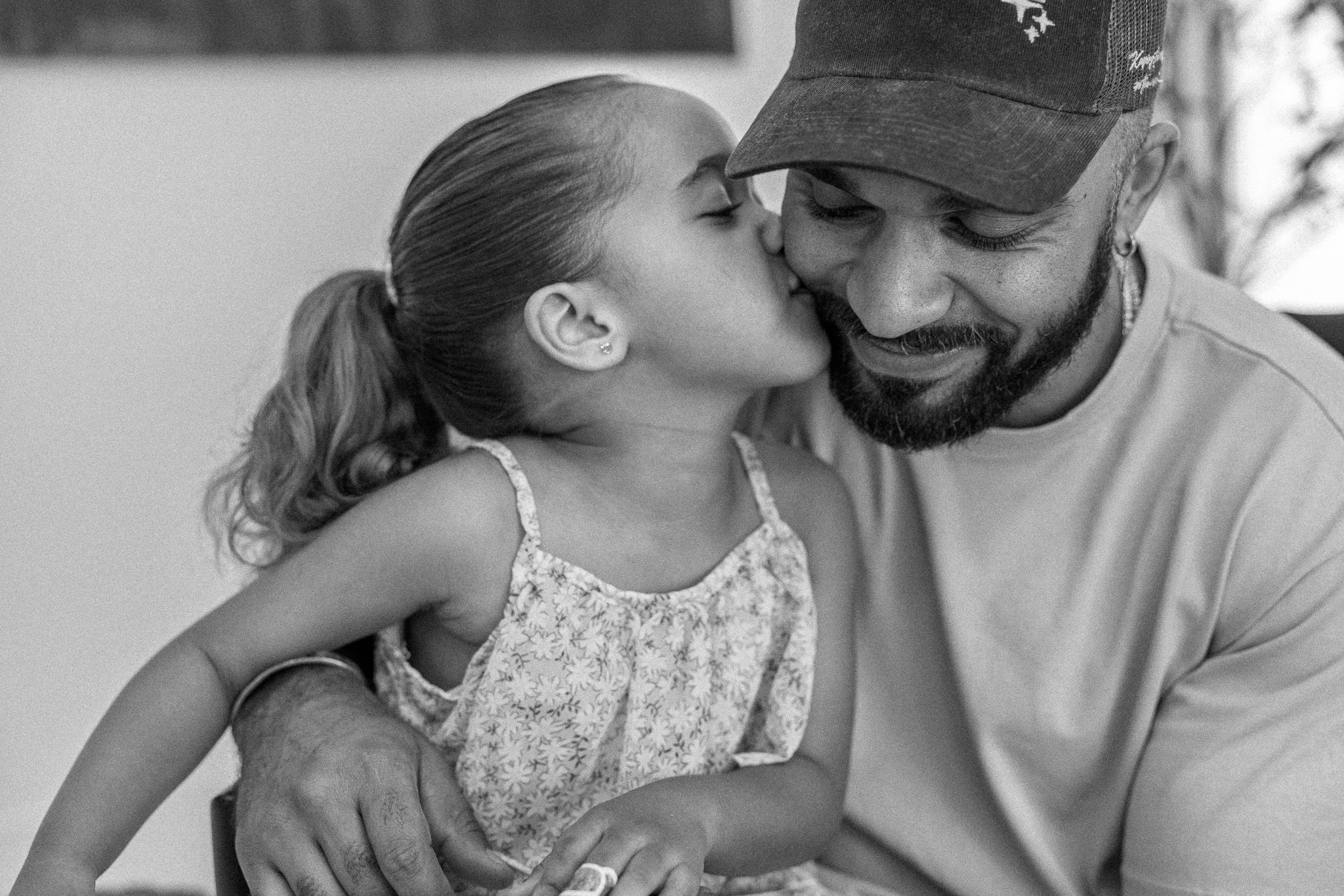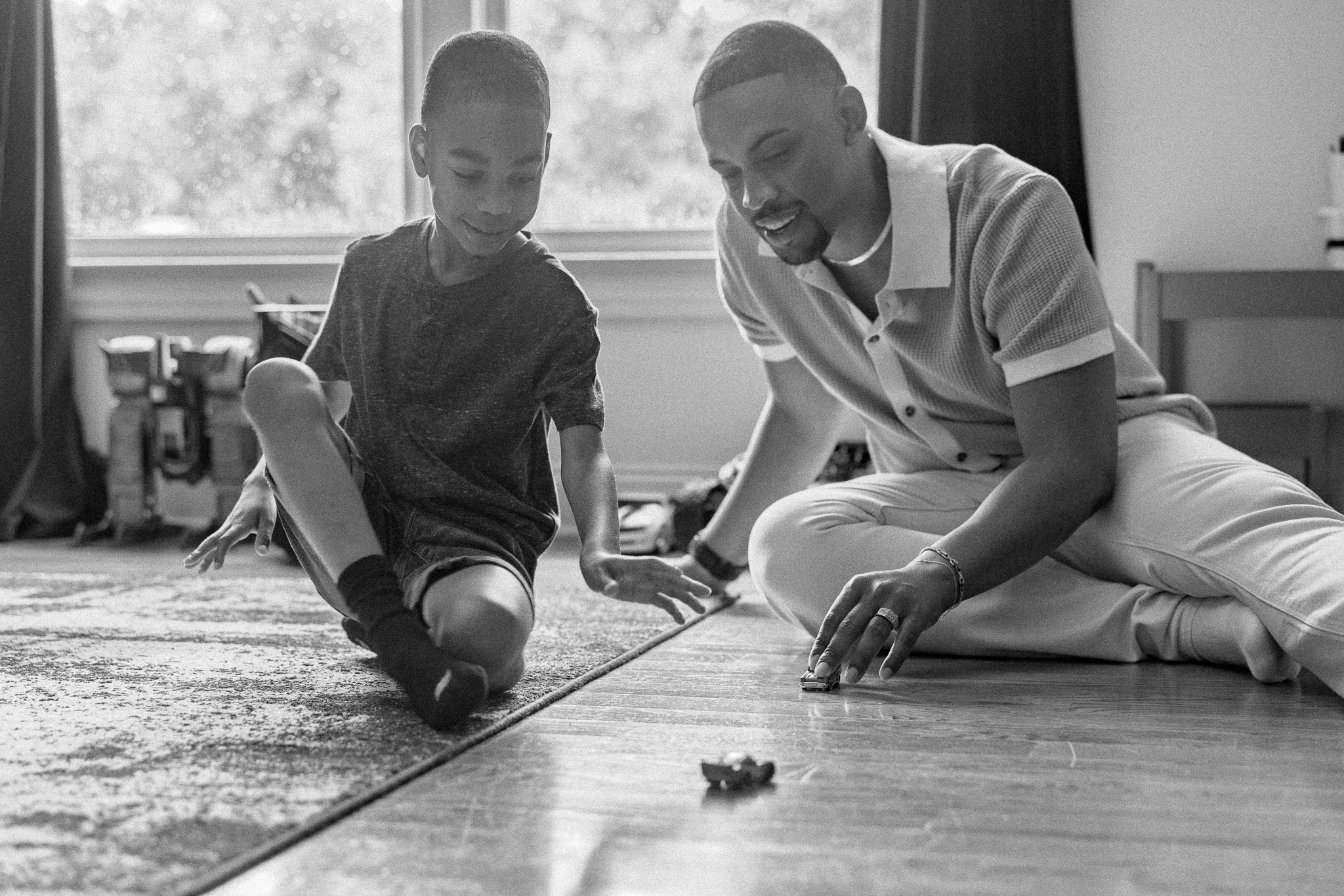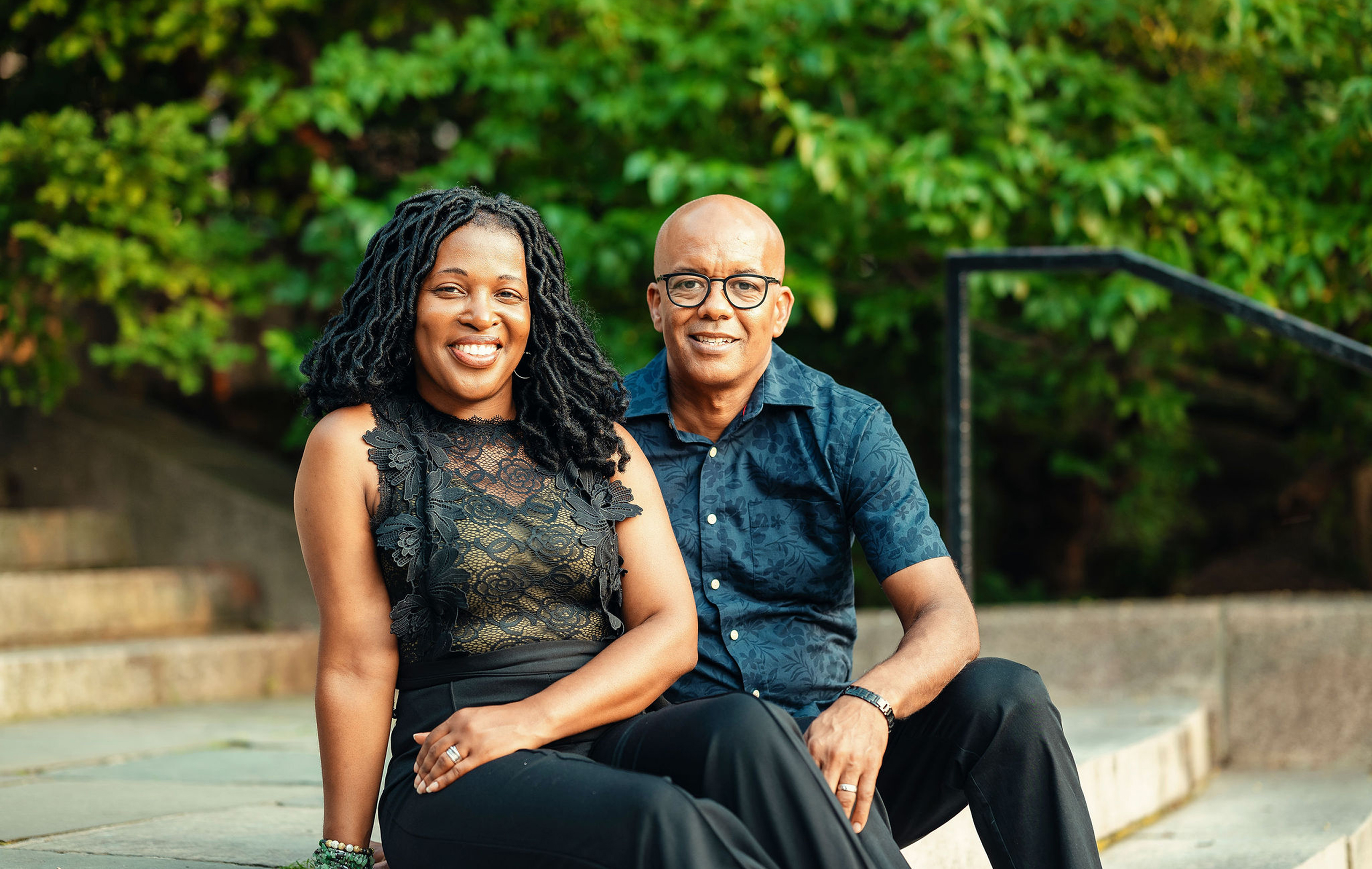
Courtesy of Kedisha Washington
Courtesy of Kedisha Washington

Kedisha Washington (Photo courtesy of Kedisha Washington)
I knew that something was wrong when I got in the car on way home from work. There was an intense pain in my abdominal area, so bad that I don’t even know how I made it home. At that time, I did not know that pain was my liver failing. Then, after talking with the on-call nurse, she stated if the pain continued beyond an hour, that I would need to go to the emergency room. As the pain persisted, my husband tried to make me feel some kind of comfort by massaging my abdominal area and back, but once he stopped, the pain persisted.
We left for the Emory Johns Creek Hospital ER around 7 p.m., and while we were in the ER the nurse stated that my blood pressure was critically high, so they tried giving me meds through an IV to lower it. During that time, the doctors told my husband and me that they needed to deliver my baby that night because there was a chance that the baby and I would not make it through the night. As the staff began to prepare me for a C-section, while simultaneously attempting to lower my blood pressure, I had a stroke. They immediately rushed me into surgery and removed Kinsley — she was born at 11:41 p.m.
My husband told me that we took an ambulance around 5 a.m. the next day to another hospital where my craniotomy was performed. He also told me that they removed the blood on my brain and left a piece of my skull on ice for a day or two until the swelling went down. My family was told that there was a chance that I wouldn’t wake up, but thankfully, I did. After surgery, I was transported to the ICU where I remained for a week. I was eventually diagnosed with HELLP Syndrome, and the doctors did not really know much about it.

Kedisha Washington and her family (Photo courtesy of Kedisha Washington)
Now, I’m sure that you’re asking what HELLP Syndrome is, and simply put, it’s an elevated form of preeclampsia that I’ve defined below.
H: Hemolysis – the breakdown of red blood cells. Red blood cells carry oxygen from your lungs to the rest of your body.
EL: Elevated Liver [enzymes] – high levels of these chemicals can be a sign of liver problems.
LP: Low Platelet [count] – platelets help the blood clot.
But for me, it wasn’t simple at all because HELLP usually affects women with high blood pressure, but I didn’t have high blood pressure throughout my pregnancy. The only symptom that I had was my extremely swollen feet.
Related Articles:
This Black Maternal Health Week, Celebrate Black Mamas and Lean Into Joy
Giving Birth at 45: My Pregnancy Journey to the Finish Line
Fibroids Affect 80% of Black Women, Including This Doctor
Once I passed a certain test I moved out of ICU and into a regular hospital room. Shortly after, my husband worked out a deal to get me transported to Shepherd Center for rehabilitation and I remained there for two months.

Kedisha Washington and her daughter (Photo courtesy of Kedisha Washington)
Rehab was daunting and frustrating. As part of my regimen, I took speech, occupational, and physical therapy five days a week and rested on weekends. Recovery became my new job because I had to learn to walk, talk, and read all over again. During this time, I was still separated from my baby, so my husband would bring his laptop to our room and show me live videos of Kinsley in the NICU incubator. He would travel back and forth visiting Kinsley and me every single day which served as extra motivation to get better so that I would be able to hold my daughter.
After a month of rehab, my husband asked my doctors if he could check me out for a couple of hours to see Kinsley in person for the first time. On November 11, 2017, I was able to hold our child, and as you could imagine it was a very emotional time for our family. When she heard my voice, her eyes opened immediately as if to say, “What took you so long, Mommy?” Then she gave me the biggest smile. After that, I continued rehabbing and was released from Shepherd Center to go home on December 12, 2017, just one day before Kinsley was released. After my release, I continued my rehab at Shepherd Pathways, an outpatient facility or sister facility to the Shepherd Center.
I thought things would get easier now that I was finally home, but with a newborn things got a lot harder. As a new mom, I wanted to do all the things that moms do. I wanted to do her hair, I wanted to change her, feed her, and nurture her, but I couldn’t do any of these things at the time and it was up to my husband or other family members to assist me. I felt bad because I wanted to help so bad, but I couldn’t. However, as time passed, I learned to carry her, change her, and feed her with one arm.

Courtesy of Kedisha Washington
Now, almost two years later, things are still tough for me. Now that I am a stay at home mom, I want to drive and take Kinsley to places like museums and parks, but I still have paralysis on my right side so I tire quickly. I know and constantly remind myself that I am improving daily, so I fight to keep a positive attitude at all times. It used to take me 45 minutes to read a 10-page children’s book — now it only takes three. As a matter of fact, 85% of African American women who have had HELLP Syndrome do not live to tell their story, so I have a lot to be thankful for because I am here by the grace of God and here to tell my story.
Related Articles
Bozoma Saint John talks Black motherhood, grief, self-love, and finding joy again. Don’t miss her powerful conversation on building legacy and living boldly.
Tyler Lepley shows the beauty of Black fatherhood, blended family life with Miracle Watts, & raising his three children in this Father Noir spotlight.
Black fathers Terrell and Jarius Joseph redefines modern fatherhood through love, resilience, unapologetic visibility in this Father Noir highlight.
Featured Articles
When Elitia and Cullen Mattox found each other, they decided that they wanted their new relationship together, their union, to be healthier and different.
Celebrate their marriage and partnership with the release of the documentary “Time II: Unfinished Business”
The vision for our engagement shoot was to celebrate ourselves as a Young Power Couple with an upcoming wedding, celebrating our five year anniversary - glammed up and taking over New York.
Meagan Good and DeVon Franklin’s new relationships are a testament to healing, growth, and the belief that love can find you again when you least expect it.
Our intent is to share love so that people can see, like love really conquers everything. Topics like marriage and finance, Black relationships and parenting.
HEY CHI-TOWN, who’s hungry?! In honor of #BlackBusinessMonth, we teamed up with @eatokratheapp, a Black-owned app designed to connect you with some of the best #BlackOwnedRestaurants in YOUR city – and this week, we’re highlighting some of Chicago’s best!











